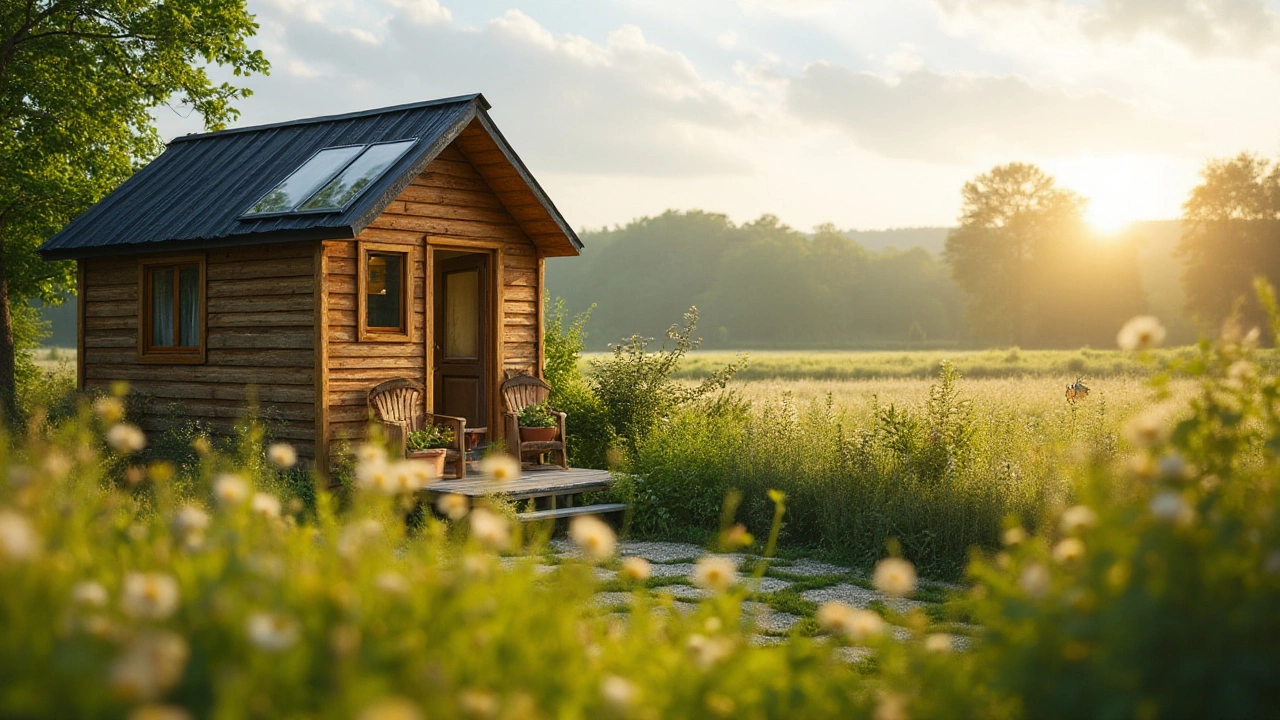How Long Do Tiny Houses Last? Real‑World Lifespan Explained
People often think a tiny house is a short‑term novelty, but the truth is far more interesting. With the right design and upkeep, a tiny home can stay solid for decades, just like a traditional house.
Factors That Affect Tiny House Longevity
The material you choose is the biggest driver of durability. Wood frames can last 30‑40 years if you protect them from moisture, while steel frames often stretch beyond 50 years with minimal rust. Insulation type matters too – spray foam resists water and adds structural strength, whereas cheap batts can sag and lose R‑value over time.
Location plays a role as well. A tiny house on a permanent foundation in a dry climate will age slower than one on wheels exposed to constant road vibration and harsh winters. Proper anchoring, a good roof seal, and drainage away from the foundation prevent rot and foundation shifting.
How you use the house also counts. Regularly moving a tiny home adds wear to wheels, joints, and exterior cladding. If you travel with it, inspect the hitch, tires, and under‑carriage after each trip.
Tips to Extend Your Tiny House’s Life
Start with a solid foundation. Whether it’s a concrete slab or a well‑leveled trailer, a flat, stable base stops stress on the walls and roof.
Seal everything. A good coat of exterior paint or stain, plus regular roof inspections, keeps water out. Don’t forget the seams around windows and doors – a simple silicone bead can stop leaks before they start.
Stay on top of maintenance. Change HVAC filters, clear gutters, and tighten loose bolts at least twice a year. Small fixes now stop big problems later.
Invest in quality fixtures. Stainless steel or brass hardware resists corrosion, and high‑grade appliances reduce the chance of fire or electrical failures.
Consider solar or off‑grid power. Fewer connections to the main grid mean fewer points of failure, plus lower utility bills.
By treating your tiny house like any other home – protect it from water, keep it level, and fix issues promptly – you can expect 25‑30 years for a well‑built wood model and 40‑50 years for steel or concrete‑based designs. Some owners report 60‑year lifespans when they upgrade components over time.
So, if you’re thinking about buying or building a tiny house, focus on sturdy materials, solid foundations, and a regular maintenance routine. That combination lets your small space stay safe, comfortable, and lasting for many years to come.
Understanding the Lifespan of Eco-Friendly Tiny Houses
Tiny houses, cherished for their sustainability and minimalist charm, can offer a long-lasting living solution when properly built and maintained. This article explores the factors affecting the lifespan of tiny homes, from the choice of materials to regular upkeep. With attention to detail and a sustainable approach, owners can prolong the life of their tiny houses. It provides guidance and tips to help tiny house enthusiasts maximize their investment in both the financial and environmental sense.
